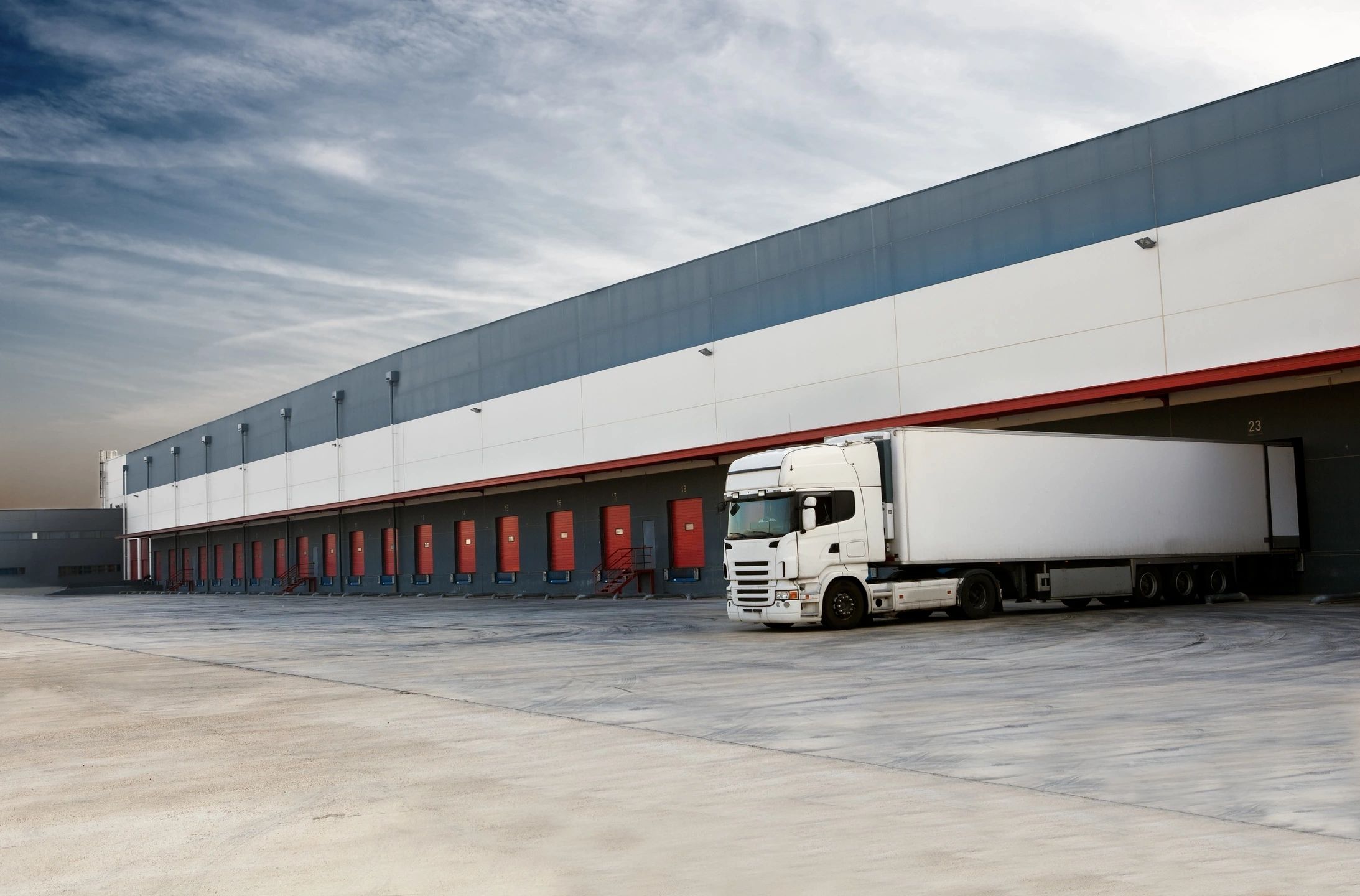Solving the Last Mile Delivery Problem
When it comes to eCommerce, consumers expect fast, high-quality delivery on every order. A great delivery experience can drive many repeat orders; a bad experience can drive consumers away forever. Therefore, retailers and logistics companies are racing to implement new software platforms and supply chain models that handle increased delivery volumes, make deliveries faster, and delight customers — while keeping costs in check. What’s their biggest challenge in retooling their supply chains? It’s the last mile – the most expensive and unpredictable part of the entire supply chain.
What is last mile delivery, and why is it hard?
If you’ve tracked an order when it was “out for delivery,” you’ve identified two of the biggest problems with last mile delivery: Inefficiency and unpredictability. In rural areas, delivery points along a route can be several miles apart. An order looks close to arriving, but it’s really not. In cities, constant traffic congestion causes big delays in package deliveries. A package can be 2 miles away and not show up for hours. In addition, over the last three years, US consumer eCommerce spending has grown from 11 percent of total retail sales in 2019 to 16 percent in 2022 (eMarketer). In short, there are just a lot more deliveries happening now than there used to be. Retailers and logistics companies are having trouble keeping up.
Why are last mile delivery operations so expensive?
US retailers spend a ton of money on logistics According to Research & Markets, the US Retail Logistics Market reached $46.99 billion in 2021 and is expected to reach $107.32 billion by 2027 – a 14.7 percent CAGR. According to Mordor Intelligence, last mile logistics costs account for about 53 percent of all retail logistics spending. In addition, driven by services like Amazon Prime, many consumers now conditioned to expect “free shipping” as part of the eCommerce purchasing experience, so the last mile isn’t cost neutral, it’s cost negative.
Key costs associated with last mile logistics include:
- Fuel costs, which have been accelerating especially rapidly in 2022.
- Increasing delivery technician wages.
- The cost of overtime for full-time employees when deliveries fall behind schedule.
- The cost to buy and maintain vehicles.
- Increasing shipping fees due to competition logistics resources and limited capacity in the market.
Software applications can radically improve the last mile delivery execution and lower costs.
Software applications, such the logistix.ai, can make addressing the last mile logistics challenge a lot easier and dramatically improve business performance. For example, logisitx.ai has five, key capabilities that address the last mile logistics challenge head on:
AI/ML-based scheduling and route optimization – assigns deliveries dynamically based on capability, availability, and capacity of technicians and can reschedule deliveries on the fly based on real-time conditions. Routes can be optimized in real-time based on geography, traffic, time of day, weather, and job complexity. This result is that the last mile delivery process becomes a lot more efficient and affordable:
- Fuel costs can decline by as much as 40 percent.
- Technicians can process more deliveries in less time – decreasing the cost of labor.
- The delivery experience is more predictable and seamless for consumers – increasing customer satisfaction.
Real-time management – enables CSRs to address issues that arise in route or at the customer site. CSRs can work with technicians to fix them before they become problems that affect the quality of the delivery and customer satisfaction.
Workforce management – is the big, hidden challenge of last mile logistics. Most logistics companies use a combination of employees and independent contractors to execute deliveries. Using those resources effectively is critical to running a profitable last mile logistics business. So is staying in compliance with state and local laws and regulations.
Mobile apps – enable technicians to easily manage their deliveries from start to completion. Dispatchers can use the mobile app to communicate with technicians in real-time and make in-route adjustments. At the delivery site, technicians can capture onsite data before and after delivery, execute proof of delivery with the customer, and Initiate damage claims for products and property if problems arise.
Advanced analytics – enable managers to track their performance against their defined KPIs and make continuous improvements to boost profits, employee performance, and customer satisfaction.
The bottom line is that going the last mile to the consumer isn’t getting any easier or cheaper on its own. Software platforms like logistix.ai provide both the framework for managing every aspect of last mile delivery, including scheduling, routing, operations, the workforce, customer interactions, and proof of delivery, and a clear path to more visibility into and control of last mile operations. The results: (1) Predictable, efficient operations, (2) happy customers, and (3) much better financial performance.
About LogistixAI™
Headquartered in Atlanta, Georgia, logistixAI™ provides a last mile operations platform that delivers what retailers, distributors, and 3PLs need most – predictable deliveries, satisfied customers, and a growing bottom line. Created based on our team’s experience running last mile logistics businesses, our platform serves the needs of tier one retailers and their logistics partners. Learn More Here


